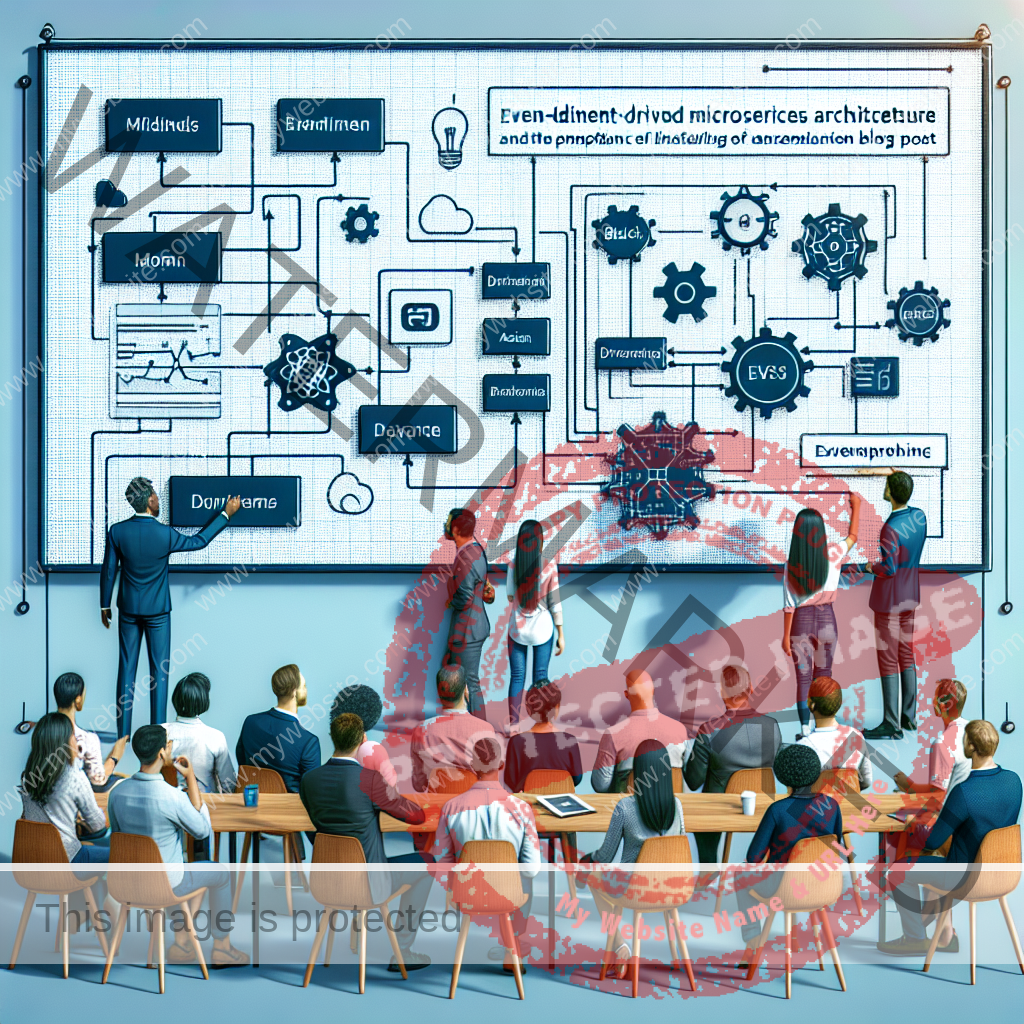The Advantages of Event-Driven Microservices Architecture for eLearning Developers
In the field of eLearning development, staying abreast of the latest trends and technologies is crucial. One such innovative concept gaining attention is Event-Driven Microservices Architecture (EDMA) for compliance training systems. This approach offers solutions to issues faced by traditional monolithic systems, such as scalability, flexibility, and integration with enterprise platforms.
The benefits of EDMA are significant. It allows services to scale independently based on workload, ensuring optimal performance during peak training times. The flexibility and decoupling of services enable seamless updates without disrupting other services, making system enhancements and feature upgrades effortless. Real-time responsiveness is a game-changer for compliance training, ensuring immediate actions triggered by events and timely updates.
EDMA’s resilience is noteworthy, with features like retry queues and dead-letter queues ensuring fault tolerance within the architecture. This robustness is vital for system integrity and to prevent disruptions in case of service failures. The auditability and transparency of EDMA are crucial for compliance audits, as every event is logged to provide a detailed system action history.
Practical Applications in Compliance Learning
The application of Event-Driven Microservices Architecture in compliance learning is diverse. From regulatory training implementations to personalized role-based training, the opportunities are vast. For instance, automated assignments and real-time updates can efficiently manage training requirements for new financial regulations within a specified timeframe.
Another use case is personalized role-based training, where tailored training based on job roles and locations can be delivered through dynamic adjustments and personalized notifications. The seamless integration with external content platforms and automated certification renewals further showcase the adaptability and efficiency of EDMA in compliance training systems.
Best Practices for Implementation
Implementing Event-Driven Microservices Architecture in compliance learning necessitates meticulous planning and attention to detail. Key practices include defining event granularity appropriately to avoid complexity, utilizing monitoring tools to track and visualize event flows, implementing schema management for compatibility, and ensuring robust error handling and security protocols.
In conclusion, leveraging Event-Driven Microservices Architecture can transform compliance training systems, providing opportunities for eLearning developers to enhance learning experiences and meet regulatory requirements effectively. By utilizing the agility, scalability, and real-time capabilities of this architecture, organizations can deliver superior learning experiences that engage employees and equip them to tackle compliance challenges confidently.
For more information, visit the source: Event-Driven Microservices Architecture And Compliance Training
















